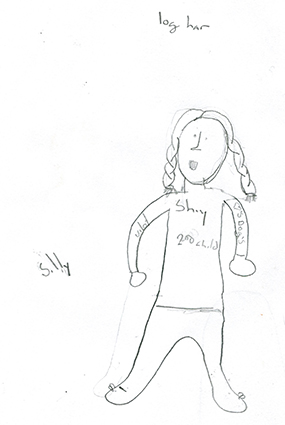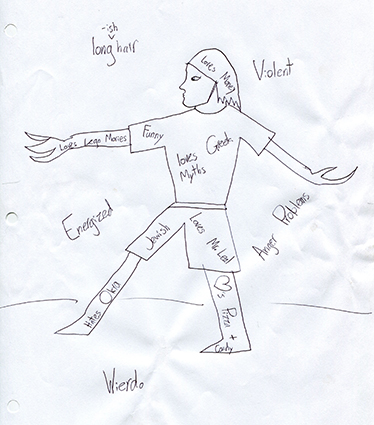
Overview
Students learn to use a problem-solving technique called SODAS to address interpersonal and social problems. The activity requires students to present a problem situation, identify possible options to solve the problem and weigh the disadvantages and advantages of each option before coming to a solution. Introductory scenarios are available to help students get started, but teachers and students can also identify and work through problems identified by the class.
Identity and Belonging Focus: Shared Problem Solving
Grade: Level: 5-12
Subject(s): Reading and Language Arts, Art.
Learning Objectives
- Work collaboratively with others to define problems.
- Identify possible solutions and any information and actions needed to evaluate and develop options.
- Assess the viability of each strategy or option to identify the ones most likely to succeed.
Standards
Ask questions and define problems.
Construct explanations and construct solutions.
Follow agreed-upon rules for discussions (e.g., listening to others with care, speaking one at a time about the topics and texts under discussion).
Students explain their own ideas and understanding in light of the discussion.Ask questions to clear up any confusion about the topics under discussion.Review the key ideas expressed and draw conclusions in light of information and knowledge gained from the discussions.

Materials
- SODAS instruction and worksheets.
- Sample scenarios.
Time: Two 20-minute class sessions with follow-up sessions to strengthen skills.
Setting: Large group discussion and small group activity with worksheets for older students.
Preparation
Review the introductory information below as well as the background information on using the SODAS problem-solving technique. You may want to create your own problem scenarios based on issues in the classroom, school or community.
Directions
Ask students for some examples of problem solving they have to do in their everyday life. Ask them to share examples of solving a problem that went well and examples when they identified a solution but it didn’t work. (Examples could be anything from opening a can without a can opener, to forgetting to do something and having to figure out how to get it done at the last minute, earning money to buy something, learning how to do something that is hard for them saying no, speaking to someone about something difficult, or figuring out how to work with someone they don’t know.) Explain that we are going to practice a particular problem-solving technique called SODAS, in which we identify and look at:
- A problem situation.
- Options for dealing with the problem.
- Disadvantages and advantages to each option and any information or supports needed for each option.
- The option that seems most likely to lead to a solution.
Take one of the problems students identified in the introductory discussion, or a sample situation included with this lesson, and walk students through using SODAS to identify two possible options to solve the problem and the disadvantages and advantage of each option. Ask them whether one solution seems better than the other.
Next, have students work in small groups. Give them five minutes to choose a problem to work on. They can use one of the practice scenarios included with this lesson, use one of the ideas brainstormed at the beginning of class, or come up with another idea in their small group. Have them fill in the SODAS worksheet with their chosen problem and identify two possible options to consider.
Problem Solving with SODAS Wrap-up
After all of the groups complete their SODAS activity with one problem situation, ask them to report their work to the class. What worked; what didn’t? Is it easier to solve problems alone or in a group? What other thoughts or ideas do they have as result of doing this exercise?

Supplemental Activity
Changing Hats: This activity helps people see how moods or feelings can influence decision-making. Put three hats on the table (or colored sheets standing in for hats) and ask students to work on one or more of the problem scenarios after picking one of the hats (or colored sheets standing in for hats). Working in teams, students try solving one or more of the problem scenarios while they are angry (red hat), green (feeling creative) and yellow or orange (feeling cautious, taking time to think about whether the possible solution will really work for them and others who need to be part of the solution).
Resources
General Resources
A list of problem-solving scenarios is included with this lesson. They are intended as warm-up activities. It is hope that students and teachers will identify their own situations to work. The Different Hats Activity is inspired by activities in the book “Six Thinking Hats,” by Edward de Bono.
The SODAS activity in this lesson was developed by Jan Rosa in 1973. This version is adapted from “Speak Up for Yourself and Your Future!,” a curriculum of the UVM Enabling Futures Project:
Furney, K.S., Carlson, N., Lisi, D., Yuan, S.1993. Enabling Futures Project, Department of Special Education, University of Vermont. 405A Waterman Building, Burlington, VT 05405-0160.